🪴 Snake Plant Care Guide – The Low-Maintenance Green Wonder
The Snake Plant, also known as Sansevieria or Mother-in-law’s Tongue, is one of the easiest indoor plants to grow. Loved for its upright sword-like leaves and resilience, it’s perfect for both beginners and seasoned plant lovers. Whether you live in a sunny apartment or a dimly lit office, this plant will thrive with minimal attention.
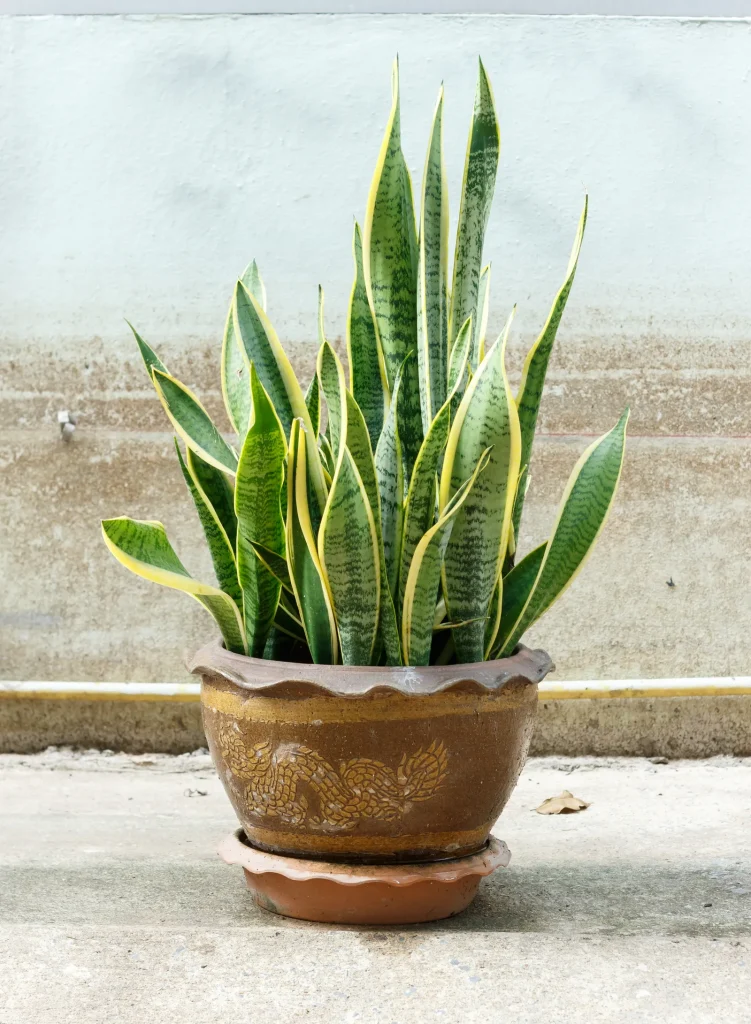
🌿 Benefits of Having a Snake Plant
Before we dive into the care tips, here’s why you should consider adding one to your space:
- Air Purifying: NASA’s Clean Air Study found snake plants remove toxins like benzene, formaldehyde, and trichloroethylene.
- Low Maintenance: Survives neglect, drought, and low light.
- Decor Friendly: Its tall, sleek foliage fits modern, minimal, or rustic decor.
- Oxygen Booster: Uniquely produces oxygen at night, making it ideal for bedrooms.
🌱 Snake Plant Care Tips
1. Light Requirements
Snake plants adapt to a wide range of lighting conditions, from low light to bright indirect sunlight. While they tolerate low light, they grow faster in bright, filtered light. Avoid direct harsh sun for prolonged hours, as it may scorch the leaves.
Pro Tip: Rotate your plant every few weeks to ensure even growth on all sides.
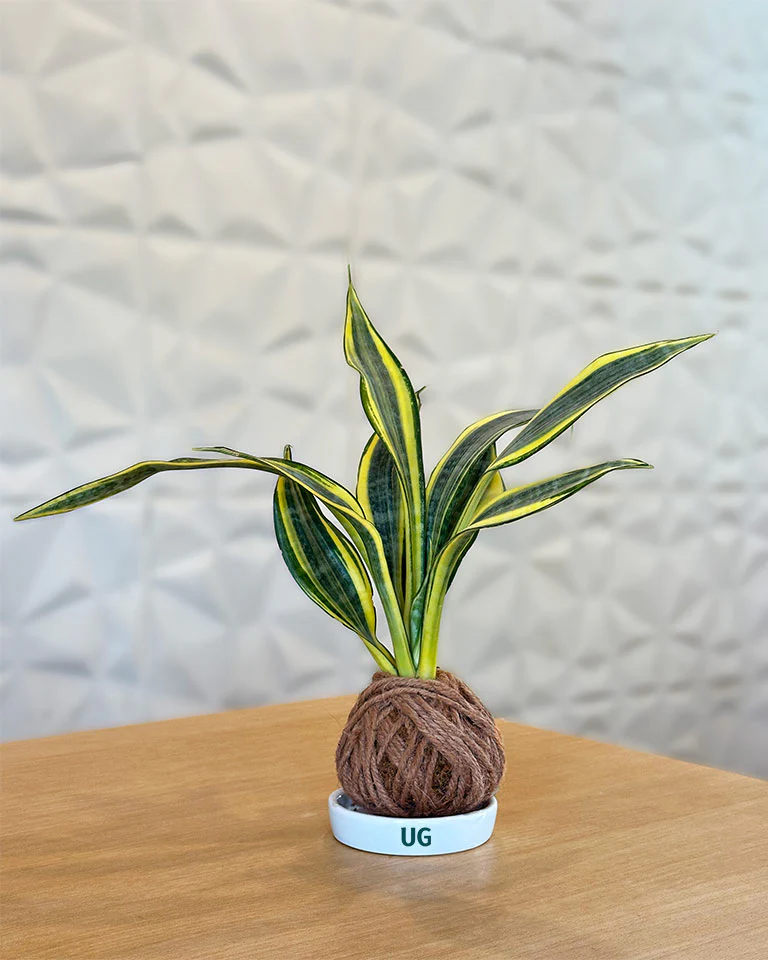
2. Watering
Overwatering is the most common cause of snake plant problems. Allow the soil to dry completely before watering again.
- Summer & Spring: Water every 2–3 weeks.
- Winter: Reduce to once a month.
Golden Rule: It’s better to underwater than overwater a snake plant.
3. Soil & Potting
Well-draining soil is crucial to prevent root rot.
- Use a cactus/succulent potting mix or make your own: 1 part garden soil + 1 part sand + 1 part perlite.
- Choose a pot with drainage holes to allow excess water to escape.
4. Fertilization
Snake plants don’t require much feeding.
- Apply a balanced liquid fertilizer once every 6–8 weeks during the growing season (spring and summer).
- Skip fertilizing in winter.
5. Pruning & Cleaning
- Remove damaged or yellowing leaves at the base using sterilized scissors.
- Wipe leaves with a soft, damp cloth to remove dust and help them breathe better.
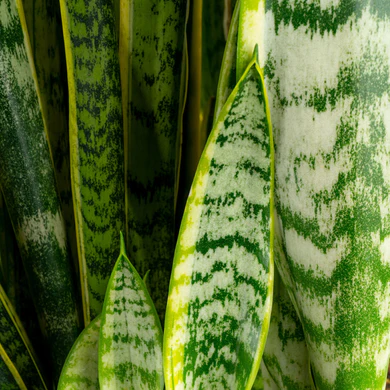
6. Humidity & Temperature
- Prefers average home humidity.
- Thrives in temperatures between 60–85°F (15–29°C).
- Keep away from cold drafts and frost.
7. Propagation
One of the most rewarding parts of owning a snake plant is how easy it is to propagate.
Methods:
- Leaf Cuttings in Soil: Cut a healthy leaf into 3–4 inch sections and plant in moist soil.
- Leaf Cuttings in Water: Place cuttings in water until roots develop, then transfer to soil.
- Division: Separate and repot crowded clumps.
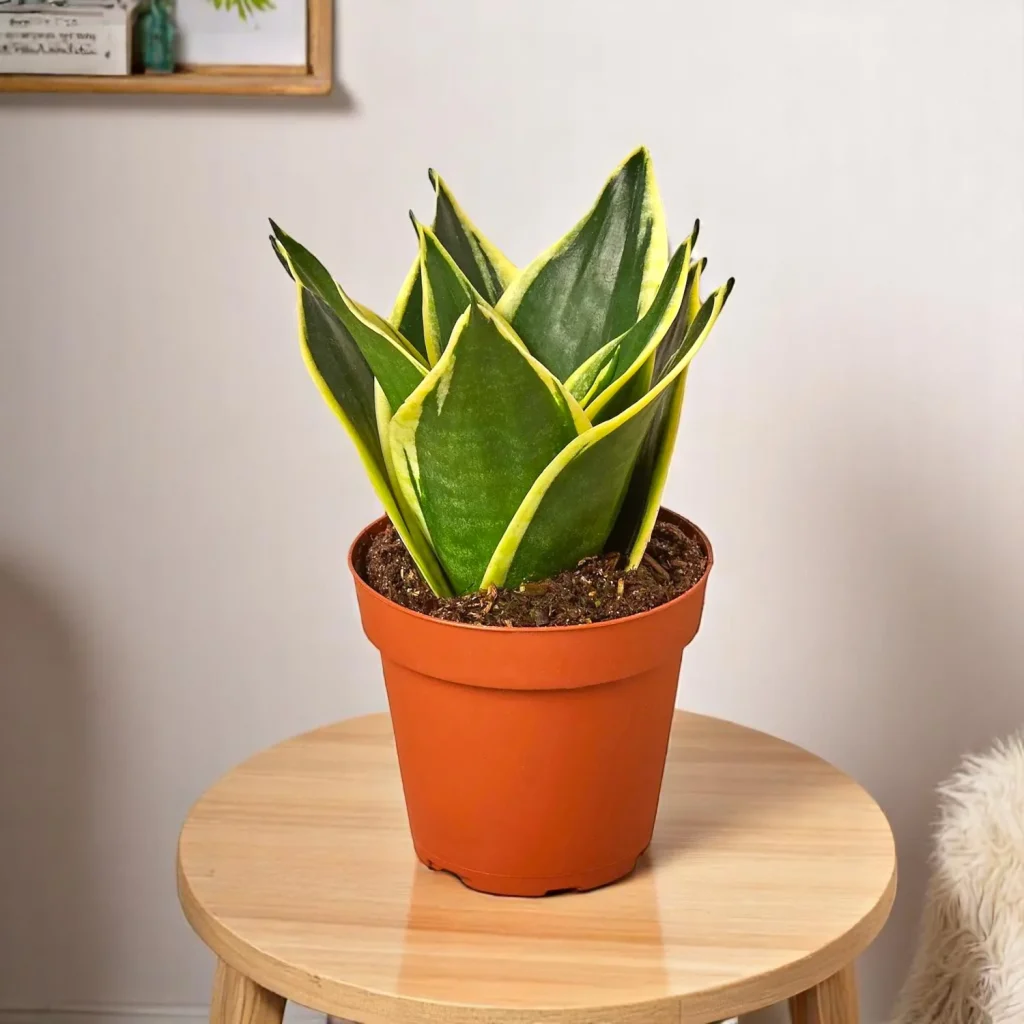
🌟 Fun Facts About Snake Plants
- Historical Use: In Africa, snake plant fibers were used to make bowstrings.
- Symbolism: Considered a symbol of good luck and protective energy in Feng Shui.
- Longevity: Some snake plants have been known to live for decades.
- Variety: Comes in many types, including Laurentii, Moonshine, and Whale Fin.
📊 Snake Plant Quick Facts Table
| Feature | Details |
|---|---|
| Botanical Name | Sansevieria trifasciata |
| Common Names | Snake Plant, Mother-in-law’s Tongue |
| Ideal Light | Bright indirect light (tolerates low light) |
| Watering Needs | Low – only when soil is dry |
| Growth Rate | Slow to moderate |
| Lifespan | 10–25+ years with care |
| Air Purifying | Yes – removes indoor toxins |
| Pet Safety | Toxic to cats & dogs if ingested |
💡 Common Snake Plant Problems & Solutions
1. Mushy Leaves
Cause: Overwatering → Solution: Cut away affected leaves, repot in fresh dry soil.
2. Brown Leaf Tips
Cause: Low humidity or overfertilizing → Solution: Trim tips, adjust care routine.
3. Drooping Leaves
Cause: Poor light or root rot → Solution: Move to brighter spot, check roots.
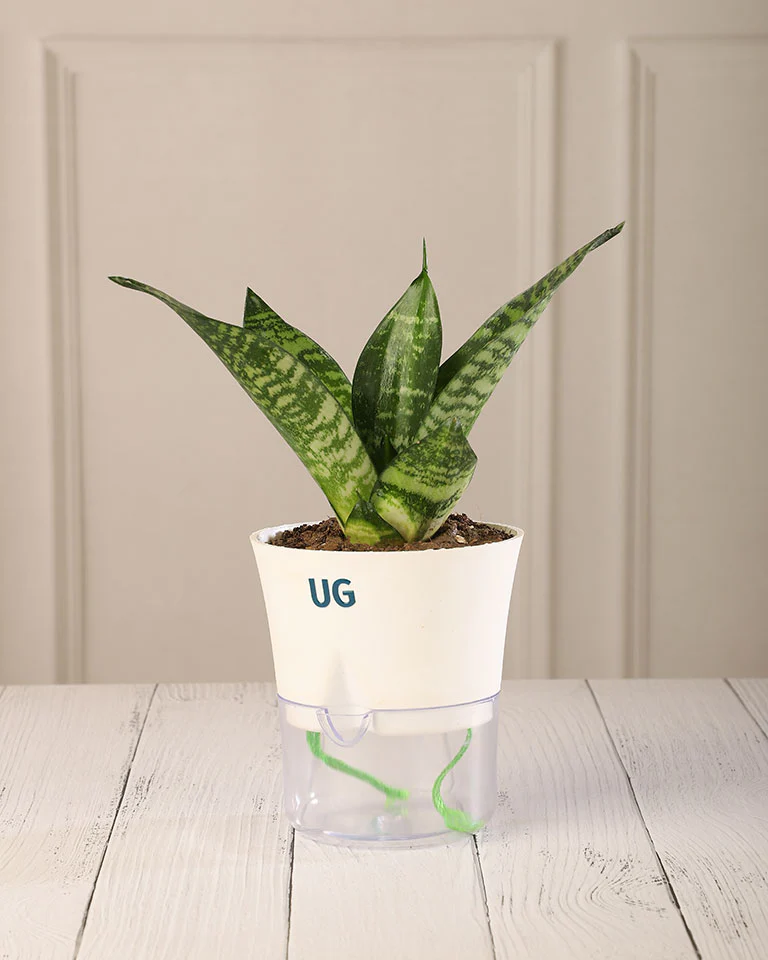
✅ Extra Care Tips
- Avoid placing near air conditioners or heaters.
- Use terracotta pots for better moisture control.
- If growing outdoors, protect from frost.
- Repot only when roots start to outgrow the container (every 2–3 years).
🏆 Why Buy Your Snake Plant from Greenways Nursery?
At Greenways Nursery, every Snake Plant is:
- Pest-free and nurtured organically.
- Grown in optimal light conditions for healthy, upright leaves.
- Available in multiple varieties, from classic Laurentii to rare Moonshine.
- Checked for root health before sale.
When you buy from us, you don’t just get a plant—you get years of green companionship.
❓ FAQ – Snake Plant Care
Q1. Can snake plants survive in complete darkness?
No, while they tolerate low light, they need some indirect light to grow.
Q2. How tall can snake plants grow?
Some varieties can reach up to 4 feet indoors.
Q3. Do snake plants attract insects?
Rarely, but mealybugs or spider mites can appear if conditions are poor.
Q4. Can snake plants grow in water permanently?
Yes, but they grow slower and may develop root rot if water isn’t changed regularly


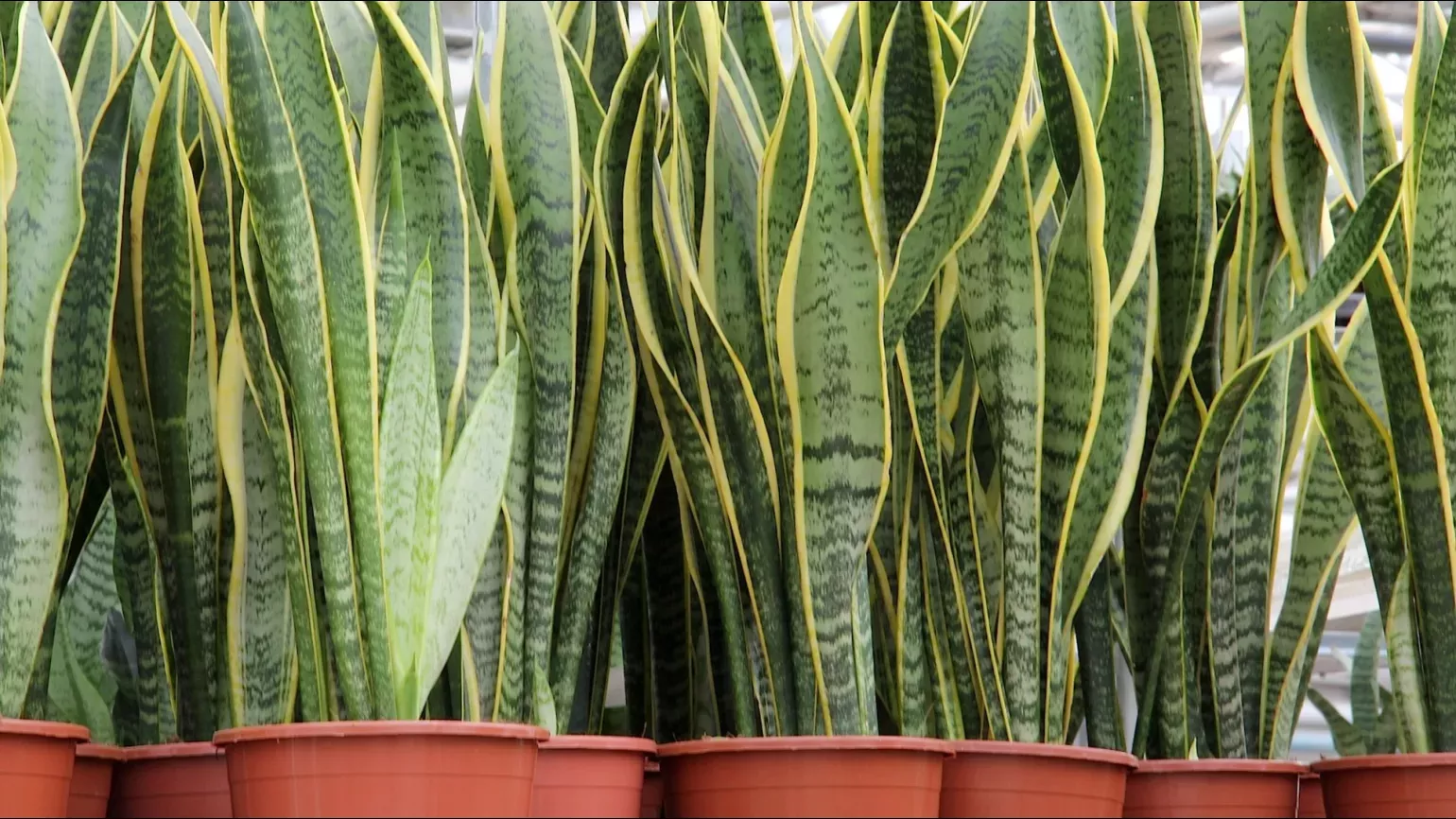

Leave A Comment